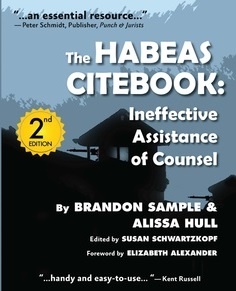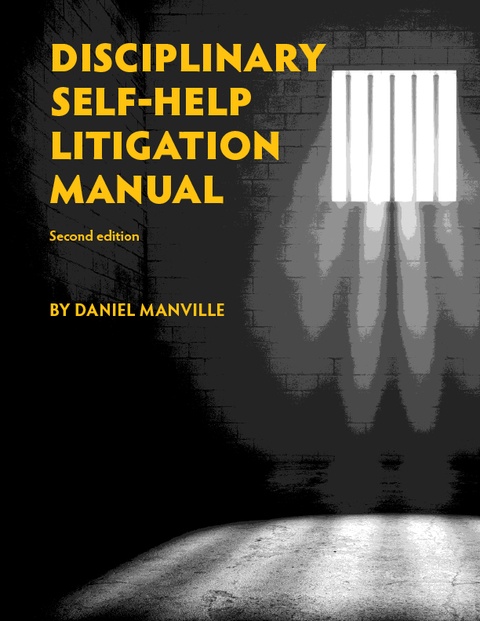by Ed Lyon
During late May through the first of June 1989, citizens peacefully demonstrated for freedom in China’s Tiananmen Square. On June 4, the government’s response was to authorize a bloody rout of these peaceful protesters using soldiers, tanks, and other military resources resulting in thousands of dead citizens. ...
by Ed Lyon
The U.S. has been involved in Middle Eastern wars since 1990’s Operation Desert Storm until the troop withdrawal from Afghanistan under President Biden in 2020. Consequently, there are around 19 million veterans in the country today, many of them with combat experience, and many of those suffering ...
by Ed Lyon
Houston, Harris County, Texas, is the fourth largest city in the nation, as well as the largest city in Texas. Preceding the Blue Wave of female reformist judges elected in 2018 [See: CLN, April 2019, p.38], Democrat Kim Ogg soundly defeated the incumbent Republican by a ...
by Ed Lyon
For decades, officers with California’s Los Angeles Police Department (“LAPD”) have utilized Field Information Cards (“FIC”) for reference whenever they interact with citizens. This contact may take the form of a traffic stop whether or not a citation is issued, obtaining a witness statement, or incidental to ...
by Ed Lyon
Until recently, California was one of only four states in the union that had no mechanism to decertify bad cops. Whenever a cop was fired for misconduct there always seemed to be another police department ready and willing to hire the miscreant.
Law enforcement unions consisting of ...
by Ed Lyon
In the early 20th century, unions were beneficial in that they pushed for safe working conditions and decent wages for the working class. The way our society has evolved, not all unions are what they seem. This seems to be especially true of police unions.
A prime ...
by Ed Lyon
Television may well be the most effective propaganda tool in the world, especially when it comes to portraying forensic scientists and their laboratories as dispassionate and dedicated professionals and their laboratories as pristine and state-of-the-art on shows like CSI and FBI. Long time CLN and PLN ...
by Ed Lyon
For those who have suffered through seemingly endless, slow-moving lines at your state’s Department of Motor Vehicles (“DMV”), only to come up against rude, condescending, petty bureaucrats, there is a brand-new reason to dislike and fear that particular agency. Many DMVs are augmenting their legislative budget allotments ...
by Ed Lyon
Guy Frank first became involved with Louisiana’s criminal justice system in 1975 at age 22. Over the next quarter century, Frank would be arrested 36 times and would be convicted several times for theft and possession of cocaine. He served a three-year prison term at one point ...
by Ed Lyon
Civil asset forfeiture (“CAF”) began as a legal way to take oceangoing vessels from owners who allowed their ships to violate customs regulations, laws, or outright contraband smuggling. After the first declaration of the war on drugs by President Richard Nixon in the 1970s, CAF was expanded ...





